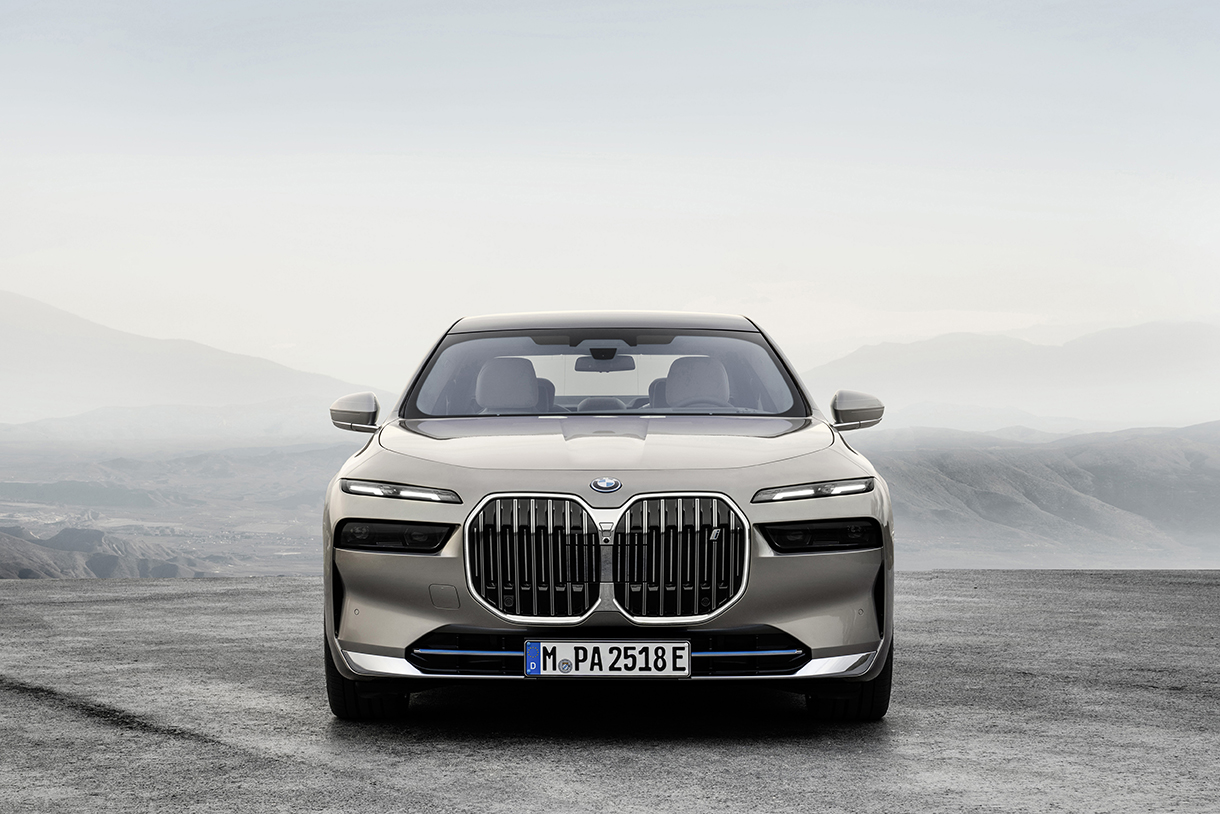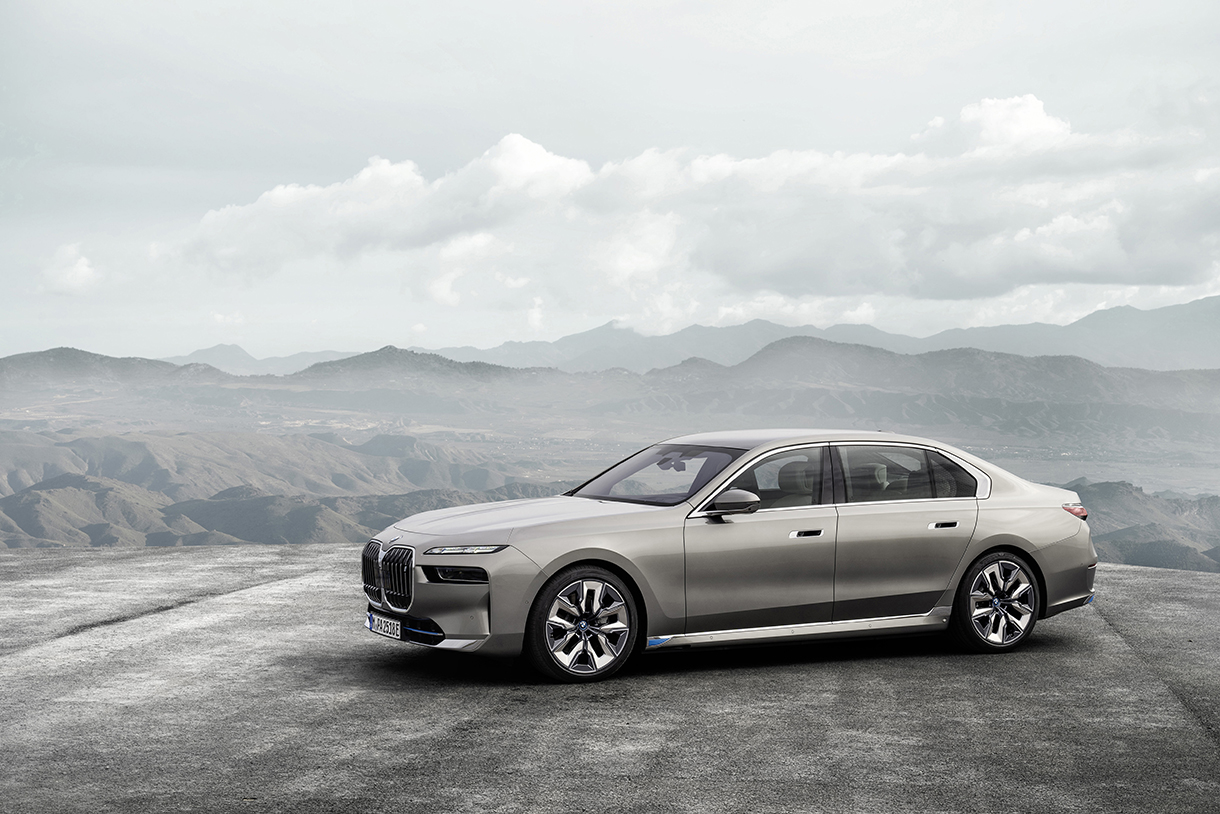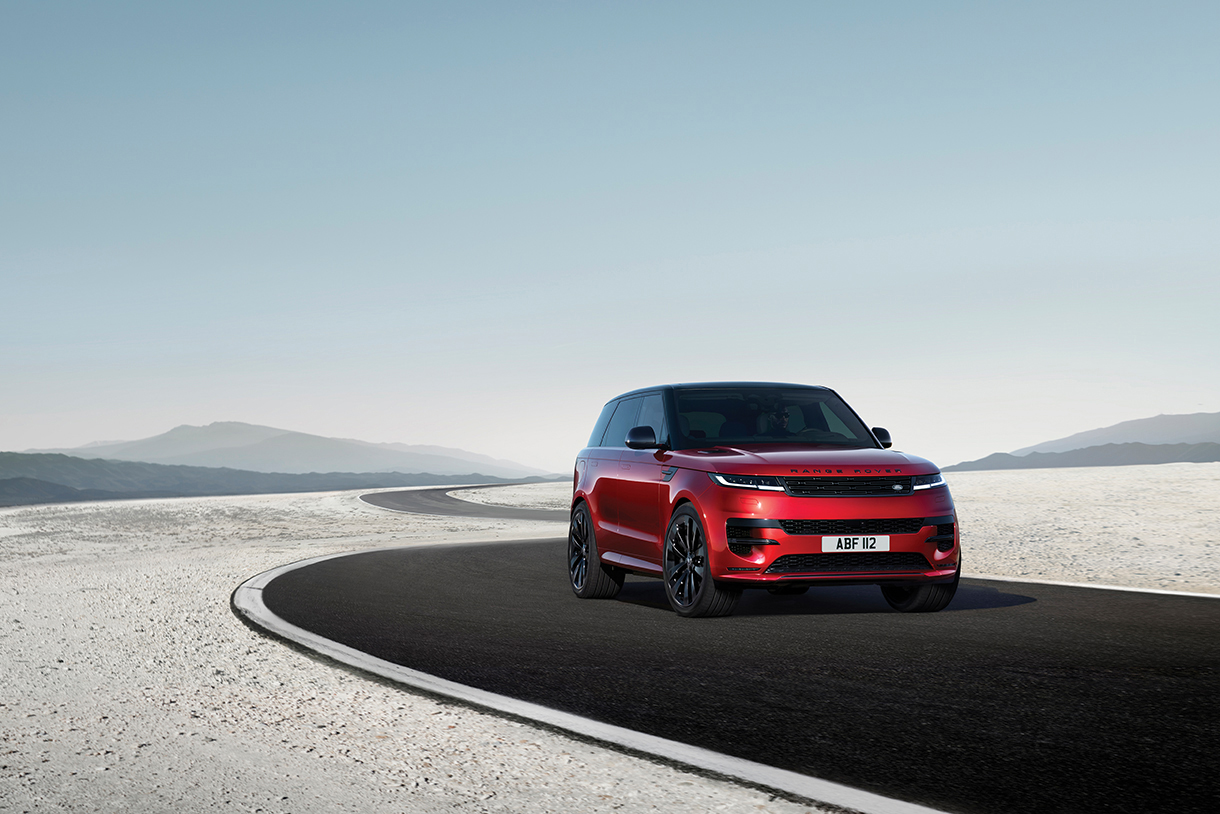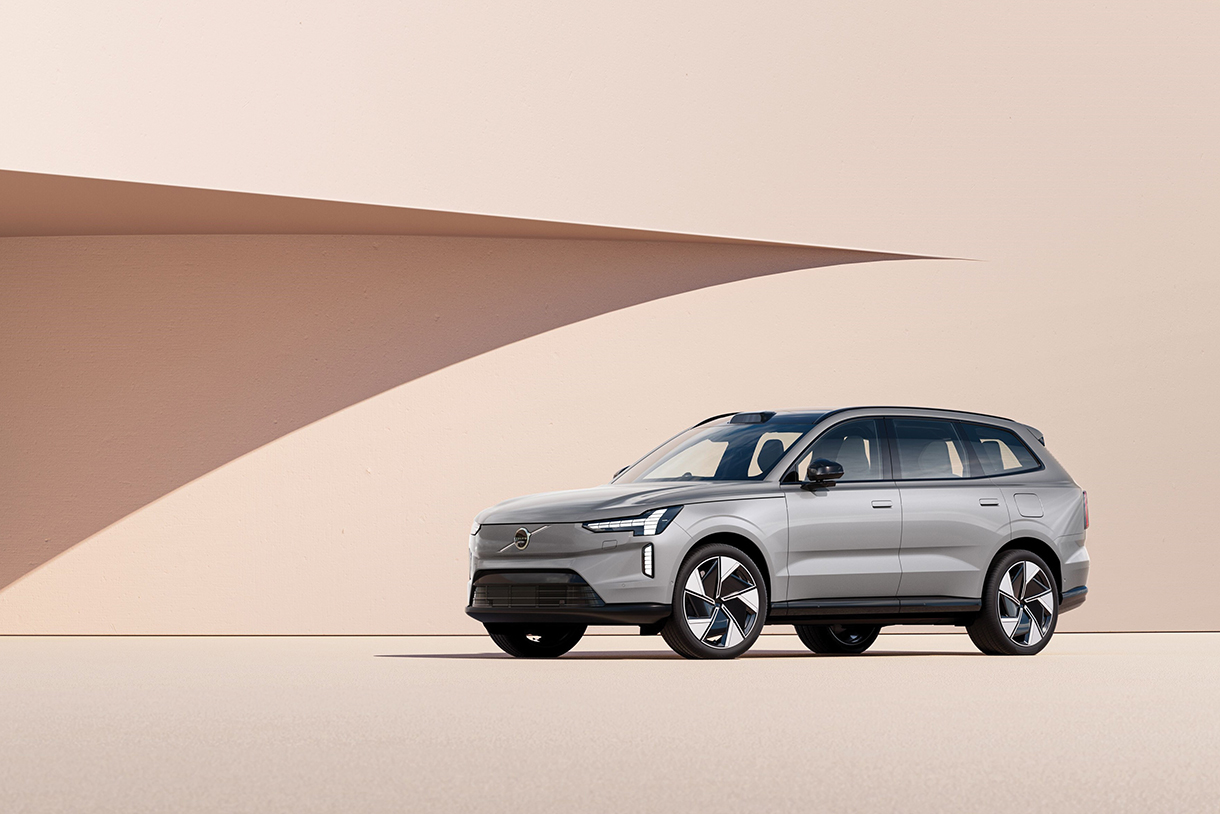
New Generation of Electric Vehicles

2023 BMV i7 xDriv60
The all-electric 2023 BMW i7 xDrive60 is the team captain for a comeback story of sorts for the Munich-based manufacturer. Almost a decade ago, the firm released its first BEV, the criminally under-appreciated i3. Despite its nerd-chic design and capable performance, the i3 was too far ahead of its time. Now, a new fleet of BMW BEVs, higher performing than ever, exemplify the very pinnacle of this subset of vehicles.
The launch-edition BMW i7 xDrive60 was developed in parallel to the visually similar, gas-powered, seventh-generation BMW 7 Series and features a pair of e-motors with a combined output of 536 hp and 549 lb-ft of torque. In other words, this sedan has all-wheel drive and sports car levels of straight-line performance (the run from 0 to 60 mph takes just 4.5 seconds).
But the i7 is not a corner-carving demon, as we discovered during a first drive along the mythical Palms to Pines Scenic Byway near Palm Desert, California. Of course, this is not the primary purpose of the i7, nor has it been for any of the previous seven generations of the 7 Series. Rather, the i7 is an executive sedan par excellence that offers a heady mix of engineering, luxury, and technology.
The exterior design is, safe to say, polarizing—a familiar comment that covers a number of models in the current BMW lineup. But it’s the passenger cabin where this executive sedan sets itself apart from every other competitor on the planet. Fair warning: If you’re a technophobe, you need to go in another direction because the i7 is a wildly sophisticated car.
A large glass panel incorporates the instrumentation and infotainment system displays (it’s massive and somewhat intimidating). Other buttons are recessed in unexpected places, making the i7 an unquestionable opportunity for learning.
The available rear-seat entertainment system is even more intimidating: A 31.3-inch screen unfolds from the roof, giving passengers the chance to access their favorite streamers through the onboard 5G network connection. Another worthy option, the Executive Lounge package, includes reclining rear seats and a wireless smartphone charging pad. It’s a place to unwind and to get work done.
A few final notes: The BMW i7 xDrive60 features a 101.7-kWh lithium battery pack, comparable to other BEVs in this class. When hooked up to a DC fast-charger, the i7 gains 80 miles of range in around 10 minutes—competitive, to be sure. The total expected range of 318 miles falls short of the leaders, but BMW balances this out in two ways. First, every new i7 comes with three years of free and unlimited charging sessions through the Electrify America network for three years. Second, the motors are produced using no rare earth materials, an approach all manufacturers will need to adopt before long. From $120,295; bmwusa.com

2023 Range Rover Sport P440e Electric Hybrid
When the first Range Rover Sport hit the tarmac almost 20 years ago, it was a bit of an anomaly. At that time, the idea of an ultra-fast SUV was not all that common for a simple reason: Engineers had yet to figure out how to make an ultra-tall, super-heavy vehicle accelerate and handle like a supercar.
Yet, here we are, in the year 2023, looking at the all-new, third-generation version, which encompasses four different models: one plug-in hybrid, two mild-hybrids, and one throwback all-gasoline twin-turbocharged V-8. In addition, an all-electric Range Rover Sport is on its way next year, but until that one arrives, we sampled the next best thing: the 2023 Range Rover Sport P440e Electric Hybrid.
The power train on the PHEV sees a turbocharged 3.0-liter 6-cylinder linked to a 105-kW electric motor and a 31.8-kWh battery. Net result: 434 hp, 619 lb-ft of torque, and an all-electric range of around 60 miles.
While the P440e is not the quickest Range Rover Sport in a straight line, it proved responsive from everywhere in the rev range. In fact, while powering around the extra-urban roads outside Madrid, the P440e felt just as engaging as the monstrous P530 with its twin-turbo V-8. The reason: That heaping amount of torque, an all-wheel steering system to help with handling, and an air suspension system to soak up imperfections in the road.
The latest Range Rover Sport line also features the latest version of the eminently capable Terrain Response system. This tech boosts the inherent capabilities of Land Rover’s legendary four-wheel drive system with a series of driver-selectable modes. You can choose settings for sand, snow, rocks, and the like, but the automatic mode is so smart that it handles pretty much everything you can throw its way. In Spain, we tackled some mild off-road trails and tight tree-strewn descents; these proved no challenge at all for the vehicle.
The P440e is also an authentic luxury vehicle with all of the expected comfort, convenience, and technology features. Highlights include active noise-canceling, 22-way adjustable heated/cooled/massaged front seats, and an air purification system that monitors and compensates for carbon dioxide in the cabin. The curved center touchscreen, center console, and digital instrument panel combine to create a slick impression. The controls for various functions are not hyper-intuitive, but once you grow to know them, they start to make more sense.
All things considered, the 2023 Range Rover Sport P440e is an inspired addition to the lineup and a significant upgrade from the outgoing second-generation model. From $105,675; landrover.com

2024 Volvo EX90
Quietly and without undue fanfare, Volvo is going all-electric. The Swedish fleet already encompasses eight models that are either BEVs or PHEVs; the entire model range will be all-electric by the year 2030. The latest offering is the forthcoming 2024 Volvo EX90, the brand’s first vehicle engineered from the ground up to be all-electric. Sharing a platform and much of its engineering with the soon-to-arrive Polestar 3, the EX90 joins the much-loved XC90 in the lineup and is described as being the new flagship SUV for Volvo. While the Polestar 3 is a two-row, five-seat SUV, the EX90 is a three-row, seven-seat model.
When the EX90 arrives on these shores, slated for early next year, customers will have two versions to choose from, both of which feature a dual-motor power train and all-wheel drive. The base version will boast total power train output of 402 hp and 568 lb-ft of torque; the Performance model will ring in with 496 hp and 671 lb-ft of torque. Based on those numbers, this Volvo will have no trouble keeping up with traffic.
The battery underpinning all this performance is a 107-kWh number with expected range of up to 300 miles. When hooked up to a DC fast charger, the EX90 is expected to charge up to 80 percent capacity in approximately 30 minutes. Like the Polestar 3, the Volvo supports bi-directional charging, meaning battery capacity can be sent back to the grid or used to recharge items such as power tools and e-bikes.
The interior of the EX90 is minimalist by nature. There’s a large 14.5-inch center touchscreen that will house almost all the controls. While some have complained about the move away from traditional buttons and switches, the Volvo approach to touchscreens is as intuitive and stress free as any on the market. There’s a slim strip of an instrument panel behind the steering wheel and a gear selector mounted on the steering column and that’s about the sum total of it all. The panoramic glass moonroof makes the passenger cabin seem incredibly spacious and downright peaceful.
From the perspective of safety, Volvo continues to lead the field. The EX90 will have one of the most advanced suites of safety technology when it arrives. There are cameras intended to detect driver inattention, a new interior radar system that identifies children or pets mistakenly left in the vehicle, and all the hardware required for truly autonomous driving. While pricing has not been confirmed, it’s expected to be under $80,000; volvocars.com




